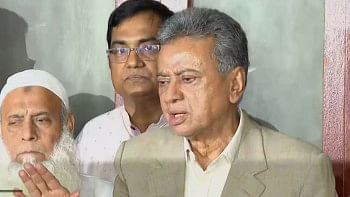Construction Of Mega Dam In Tibet: China’s plans stoke fears in India

China is planning a mega dam in Tibet able to produce triple the electricity generated by the Three Gorges -- the world's largest power station -- stoking fears among environmentalists and in neighbouring India.
The structure will span the Brahmaputra River before the waterway leaves the Himalayas and flows into India, straddling the world's longest and deepest canyon at an altitude of more than 1,500 metres.
The project in Tibet's Medog County is expected to dwarf the record-breaking Three Gorges Dam on the Yangtze River in central China, and is billed as able to produce 300 billion kilowatts of electricity each year.
It is mentioned in China's strategic 14th Five-Year Plan, unveiled in March at an annual congress of the country's top lawmakers. But the plan was short on details, a timeframe or budget.
Beijing may justify the massive project as an environmentally-friendly alternative to fossil fuels, but it risks provoking strong opposition from environmentalists
Environmentalists say the area also contains a unique biodiversity. The dam would block the migration of fish as well as sediment flow that enriches the soil during seasonal floods downstream.
New Delhi is also worried by the project. The Chinese Communist Party is effectively in a position to control the origins of much of South Asia's water supply, analysts say.
"Water wars are a key component of such warfare because they allow China to leverage its upstream Tibet-centred power over the most essential natural resource," wrote political scientist Brahma Chellaney last month in the Times of India.
The risks of seismic activity would also make it a "ticking water bomb" for residents downstream, he warned.
In reaction to the dam idea, the Indian government has floated the prospect of building another dam on the Brahmaputra to shore up its own water reserves.

 For all latest news, follow The Daily Star's Google News channel.
For all latest news, follow The Daily Star's Google News channel. 



Comments